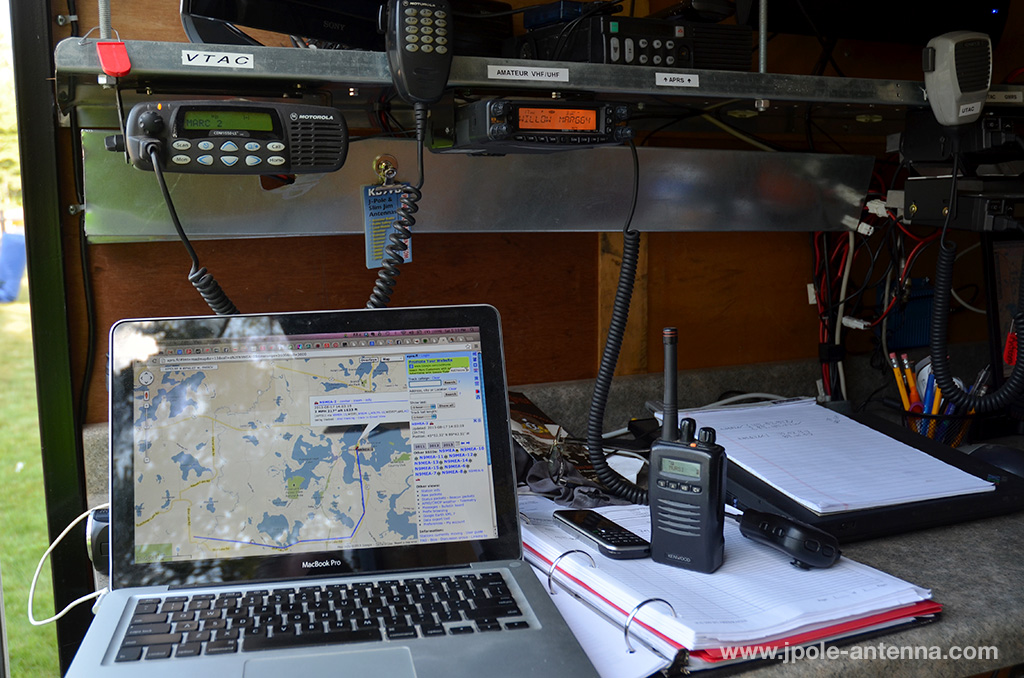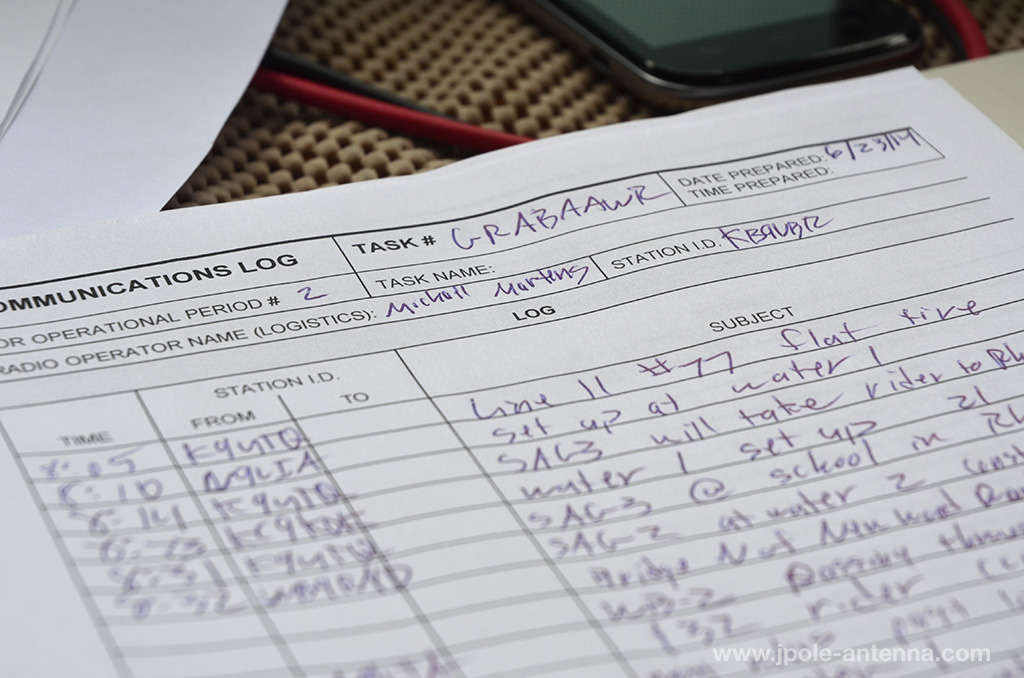Nobody told me that being net control operator would involve so much paperwork. With a constant barrage of radio traffic and seemingly endless bits and pieces of information to keep track of, how do we keep our nets running efficiently without letting any of that traffic fall through the cracks. The answer is forms, lots of forms.
I started out my net control career on our club’s weekly swap net. Doing a casual net was pretty simple, a legal notepad and pen all that I really needed to track check-ins and the few pieces of traffic we had. But as I gained experience I moved on to the more complex weather nets and ARES/RACES activity nets. The notepad would work well enough, but I realized I needed a more organized approach.
Essential Net Control Forms
Being active in ARES/RACES meant training in the Incident Command System. ICS loves their forms, and understandably so. The ICS forms are essential in documenting the process and maintaining smooth transitions in the command structure. I’ve written previously on how to use some of the ICS forms for communication planning at events, but today I’m focusing on the forms that are essential for running a smooth net control operation. [pq]Three essential ICS forms for radio nets are the ICS-211, ICS-309, and ICS-213.[/pq]
ICS-211: Check In Sheet. This form is commonly used to record the names and pertinent info as workers enter or leave an incident scene. The Amateur Radio specific version of this form includes a column for callsign and eliminates some unneeded info. This form will keep you on track on who is active as stations check-in and check-out of the net.
ICS-309: Log Sheet. Another ICS form that has been customized for amateur radio use, this form has columns for recording time, stations, and callsigns. This is your running record of events that have transpired on the net.
ICS-213: Message Form. Often you’ll be required to pass a piece of traffic to another party, like an event organizer or official. Writing the message on a piece of scratch paper may seem convenient, but opens the door for errors and incomplete messages. Using the ICS-213 message form is a standardized method to record a piece of traffic and the response of the recipient. Is this form necessary for every piece of traffic on the net? No, it isn’t. But if the traffic requires a response from a third party, this form will become invaluable.
But what about the ARRL Radiogram? Isn’t that the standard for amateur radio message handling. Yes and no. The radiogram is a standardized method for moving traffic long distance or through many stations. It allows for a paper trail and a response. But your local served agencies don’t use the radiogram for messages, they’re familiar with the ICS-213. But I’m not totally dismissing radiograms, they have a purpose, and all net controls should be prepared to create a radiogram when the delivery of a message requires it. In fact, ICS-213 forms and radiograms can work together. Use the Radiogram when a message needs to leave your local net for one of the regional or long haul traffic nets and when you receive a radiogram, transcribe it onto an ICS-213 for delivery to the local recipient.
Other helpful items in your net control arsenal
In addition to these forms, other items that are useful for your net control activities include:
- Scratch Paper
- Pens and Pencils
- Maps (The Delorme Gazetteer is my go-to map, but Google’s online map is also handy)
- Binder and clipboard (keep extra forms ready in your binder)
- Clock
As you grow in your net control experience and capabilities, you may find other items that really help you out, but I’ve found these to be the essential pieces of equipment for an efficient net control station.
Can Net Control go paperless
I absolutely believe that net control can go paperless. I’ve uses a variety of homebrew spreadsheets to track net activities. Once you’re spreadsheet is set up you can use macros to time stamp each transaction, touch typing is faster and neater than handwriting, and a completed net log can be easily emailed to any interested parties. As long as you’re in a location with reliable power and Internet connection, I’d certainly consider moving to the paperless route.
Lately I’ve been using Google Docs for my net logging activities. Net forms and documents are in a shared folder that other net controls and net liaisons have access to. The collaborative approach to net logging has been a big timesaver for our local SKYWARN weather nets. Not only can the liaison station see the net log in real time, but they also have the ability to fill any information that the net control may have missed. Plus the liaison can relay the net traffic direct from the log to the local National Weather Service office instead of having net control repeat it for them. If net control needs to step away from the net, the liaison of another net control can seamlessly continue the net without missing a beat. I talk more about SKYWARN net control in a previous blog post, and have a video on what my SKYWARN net station looks like.
Conclusion
The accurate transcription and relay of information and seamless exchange of net control highlight the importance of using uniform net control logging documents. I’ve found that following the Incident Command System model works best in maintaining structure in our nets. Give the ICS documents a try and see for yourself is they work for streamlining your net control operations.
Do you have any useful net control logging tips? Please feel free to share them in the comments below.


Recent Comments